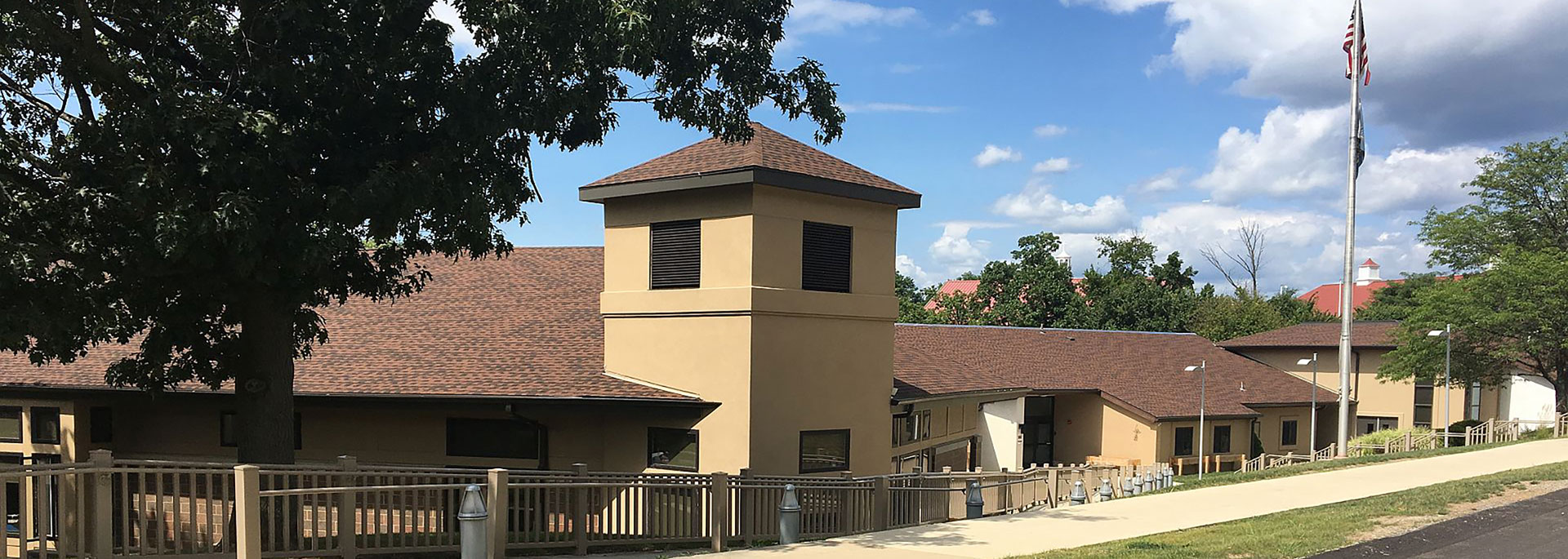The Verland Story
The Founders
It was Nancy’s love for her daughter Verlinda, Theo’s devotion to her son Andrew’s memory, and Carol’s love and concern for a young boy named David Tresch that fueled the groundbreaking vision that became Verland.
In retrospect, Theo referred to the merging of their causes as “… a great jigsaw puzzle with all the pieces falling together.” These were three immensely empathetic women who understood one another’s pain and dreams.
However, more than empathy and noble intentions were needed to alter a stubborn and defensive status quo and ultimately to forge the level of innovative personal services now provided at Verland. In truth, many fortuitous twists and turns emerged as the founders and early leaders of Verland gradually achieved the success that had eluded other similarly inspired souls.
Carol, Nancy, and Theo brainstormed for months and finally determined that, through faith and trust in God, they would form a new corporation with the ambitious mission of forging a new environment in which intellectually disabled people, with or without physical disabilities, could enjoy all the safety, care, respect, and dignity of home.
Fittingly, the name “Verland” is a composite of the names Verlinda, Andrew, and David, the three children who inspired this dream.
The Beginning
Soon after the development of the Verland concept, Carol Mitchell learned of some prime property on a hilltop near Sewickley, Pennsylvania. The property was owned by a generous woman named Helen Grove, an activist who had been deeply concerned for the needs of young people at risk. When Carol explained the need for a new facility to support people with intellectual disability and physical disabilities, Helen showed immediate interest. She remarked, “I have been praying about what to do with my property. I believe this land belongs to God, and it would give me great joy to know that He wants me to use it in such a way. I would like to give it to you in honor of my husband, Don.”
Soon, this divinely inspired, community-minded woman donated thirteen acres of peaceful, wooded land overlooking a pond to Verland. The three founders remain convinced to this day that only faith could have produced such a miracle.

History and Hardship
The Stigma
The stigma associated with mental and physical disabilities is still very real today. Back in 1970, these prejudices were insidious and could have proven insurmountable were it not for the diplomacy and perseverance of Verland’s founders.
More out of ignorance than malice, many people in the local area were convinced that Verland’s residents would be mentally deranged, roaming freely through the neighborhoods, frightening children, and destroying property. Such were the misconceptions that impeded what was already a rocky path, and many contentious town meetings were required before final approval for construction of the Verland campus was finally secured.
More out of ignorance than malice, many people in the local area were convinced that Verland’s residents would be mentally deranged, roaming freely through the neighborhoods, frightening children, and destroying property. Such were the misconceptions that impeded what was already a rocky path, and many contentious town meetings were required before final approval for construction of the Verland campus was finally secured.

The Construction
It required effort to neutralize this highly-charged misinformation and the challenges that it presented. At the same time, Verland’s leadership team needed to address the pressing issues of providing an interim facility, securing funding, and designing and constructing a multiple-building campus.
In May of 1978, Verland was officially organized, and soon thereafter Verland received a temporary occupancy extension to operate a 70-bed interim-care facility in the old Allegheny Valley Junior School. Since this location could not house all the original residents, the most capable individuals were placed in private facilities, group homes, and state centers.
Once this was achieved, an even busier time commenced for Carol Mitchell and her new board. Many issues had to be considered, including architectural plans for the new facility and the sale of tax-exempt bonds to provide the funding.
Opening Day
On the day before Thanksgiving in 1979, there was an emotional groundbreaking ceremony in the woods overlooking the pond on Helen Grove’s Sewickley property, and Verland took its first breath of life.
In January 1981, Verland formally opened its doors to its residents. Dedicated to providing a life of dignity for those most seriously challenged, Verland opened ten well-equipped, furnished, and decorated homes for its first 70 residents, providing a life with greater respect for their individual needs and desires than ever thought imaginable or appropriate. The impressive new facility also contained an administrative building, an Adult Training Facility, and several support, maintenance, and storage buildings.


